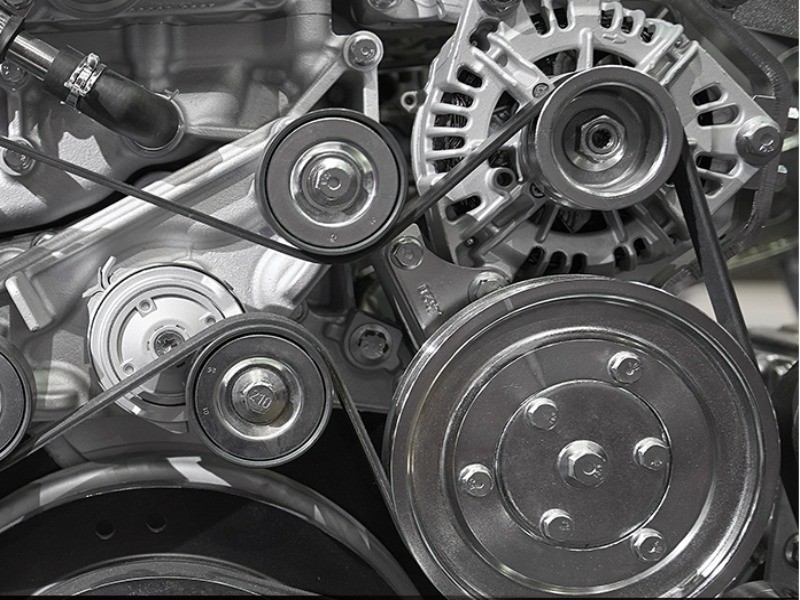Exploring the Impact of Future Automotive Technologies on Timing Belt Systems
As automotive technology continues to evolve, it is essential to examine how these advancements will shape the future of timing belt systems. In this blog post, we will delve into the impact of emerging automotive technologies, such as changes in electronic control unit (ECU) architecture in electric vehicles, intelligent driving systems, and more. Let's explore the exciting possibilities and trends that lie ahead for timing belts.
Electrification and ECU Architecture:
The rise of electric vehicles (EVs) brings about a significant shift in ECU architecture. Unlike traditional internal combustion engines, EVs rely heavily on electric motors and power electronics. As a result, timing belts in EVs may experience modifications to accommodate new drivetrain configurations and integrate with sophisticated control systems.

Intelligent Driving Systems:
The advent of intelligent driving systems, including advanced driver-assistance systems (ADAS) and autonomous driving capabilities, presents both challenges and opportunities for timing belt technology. These systems require precise synchronization between various components, necessitating further refinement and enhanced reliability of timing belt systems to ensure seamless coordination.
Lightweight Materials and Efficiency:
Future automotive trends emphasize lightweight construction for improved fuel efficiency and reduced emissions. This approach inevitably extends to timing belt systems, where the use of high-strength, lightweight materials becomes increasingly important. Advanced composite materials and innovative designs can enhance durability without compromising performance.
Predictive Maintenance and Condition Monitoring:
With the integration of connectivity and IoT technologies, future timing belt systems may feature predictive maintenance capabilities. Through real-time data monitoring and condition assessment, vehicle owners and technicians can proactively address potential timing belt issues, preventing unexpected failures and optimizing maintenance schedules.
Integration of Sensors and Feedback Mechanisms:
To achieve higher levels of precision and adaptability, future timing belt systems may incorporate sensors and feedback mechanisms. These technologies can continuously monitor belt tension, wear, and performance, providing valuable data for real-time adjustments and ensuring optimal operation in varying conditions.
Development of Advanced Coatings:
Innovations in coating technologies offer the potential to enhance the performance and longevity of timing belts. Advanced coatings can provide improved resistance to heat, friction, and wear, enabling timing belts to withstand higher temperatures and harsh operating environments.
Sustainability and Environmental Consciousness:
As environmental concerns continue to drive automotive innovation, future timing belt systems may prioritize sustainable manufacturing processes and recyclability. Designing eco-friendly materials and adopting responsible production practices can contribute to reducing the ecological footprint of timing belt systems.
The future of timing belt systems holds immense possibilities as automotive technology advances. From the integration of intelligent driving systems to lightweight materials and predictive maintenance capabilities, timing belts are set to evolve alongside new trends. By embracing innovation, optimizing performance, and prioritizing sustainability, timing belt systems will continue to play a crucial role in the efficient and reliable operation of vehicles in the years to come.












